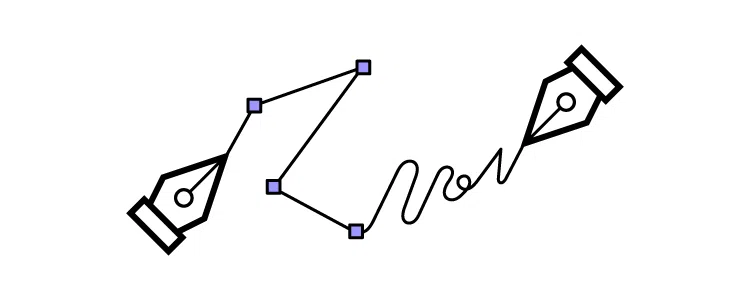What Is Sustainable UX? Every action taken by The Sustainable UX impacts the planet. From recycling and water conservation to adopting electric options and minimizing environmental footprints – each effort contributes positively. But what about the digital realm? Yes, web and mobile apps also wield significant influence on environmental damage.

According to the IEA, the average individual’s annual energy-related carbon footprint stands at approximately 4.7 tonnes of CO2. Data centers and transmission networks contribute to about 1% of global energy consumption. While these figures are substantial, there’s much more that can be done to mitigate them.
This article delves into the concept of Green UX. It explores strategies teams can adopt to prioritize sustainability and the array of tools and resources available to combat the climate crisis.
How Designers Can Reduce Carbon Footprint
Here are some tips and best practice ideas that allow designers to boost sustainable design ambitions.
1. Upload smaller images and files
In apps, larger files translate to longer loading times, which not only hampers user experience but also drains more power from the device. This unnecessary power consumption runs counter to eco-friendly goals.
Opting for JPEG images or file formats with similar efficiency characteristics can make a significant difference. The slight reduction in quality on smaller screens is hardly discernible, while the substantially smaller file size ensures the app runs smoothly without compromising function or design.
2. Use optimized file format
Opting for file formats like SVGs over embedded videos or GIFs lowers both page load times and storage space. For example, one designer shared that the decision to use SVGs for animations instead of video or GIFs helped reduce the page load speed from 8.75 to 412 ms. and page size from 1.6 MB to 389 KB.
3. Create and Test Simpler design
Prototypes containing oversized multimedia and complex JavaScripts require more resources to develop and deploy. Streamlining these components leads to a smoother user experience, minimizing potential issues. Leveraging custom fonts, optimized images, and structures that require fewer HTTP requests effectively facilitate green UX.
CSS image sprites are a beneficial practice. They enable designers to consolidate optimized images into accessible collections, reducing server redirects and conserving bandwidth. By centralizing all pictures, logos, and visual elements, designers can reduce carbon emissions.
4. Focus on accessibility
Here’s a revised version: Presenting content in a light and accessible layout enables users to grasp tasks more quickly, enhancing the overall experience. Simultaneously, an intuitive app architecture facilitates efficient navigation, allowing users to access their desired content with fewer clicks. Clear, well-structured content that is easy to read and interpret enhances design appeal for all users.
5. Efficient User Journey
Usability testing proves invaluable in pinpointing the moments in these user journeys where individuals veer off course. By addressing genuine user concerns more effectively, designers can streamline these experiences. UX professionals should also verify that every page element aligns with the user journey, minimizing steps and time required to achieve goals.
Sustainable UX : Resources & Tools
Here are some resources and tools perfect for to answer What Is Sustainable UX and pursue a Green UX agenda when developing their app UX.
- Image formats – For understanding the differences between PNG, GIF, JPEG, and SVG formats. This StackOverflow community analyzes the best options for figuring out the optimal file formats for design teams.
- Reducing file sizes – TinyPNG is an effective tool for compressing WEBP, JPEG, and PNG files. The web app decreases selected colors without compromising the image.
- Optimizing team collaboration – Mural.co makes teamwork easy and fast. This intuitive digital whiteboard tool will save teams time and effort, reducing energy output.
- Green UX and digital sustainability resources – This ScreenSpan blog post offers a library of resources for teams looking to learn more about digital sustainability.
- The Green UX checklist – Manoverboard’s Green UX checklist is the ideal starting point for design teams. Perfect for those looking to follow a step-by-step sustainability agenda.




